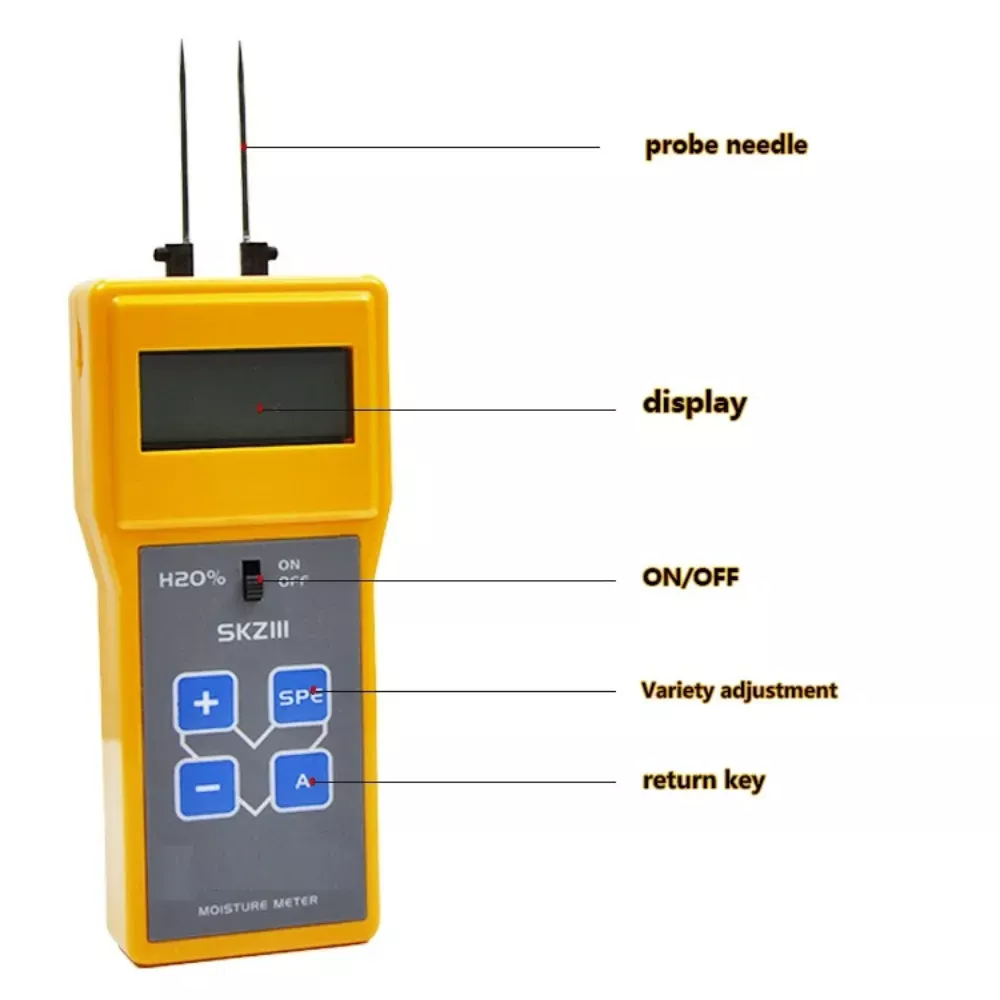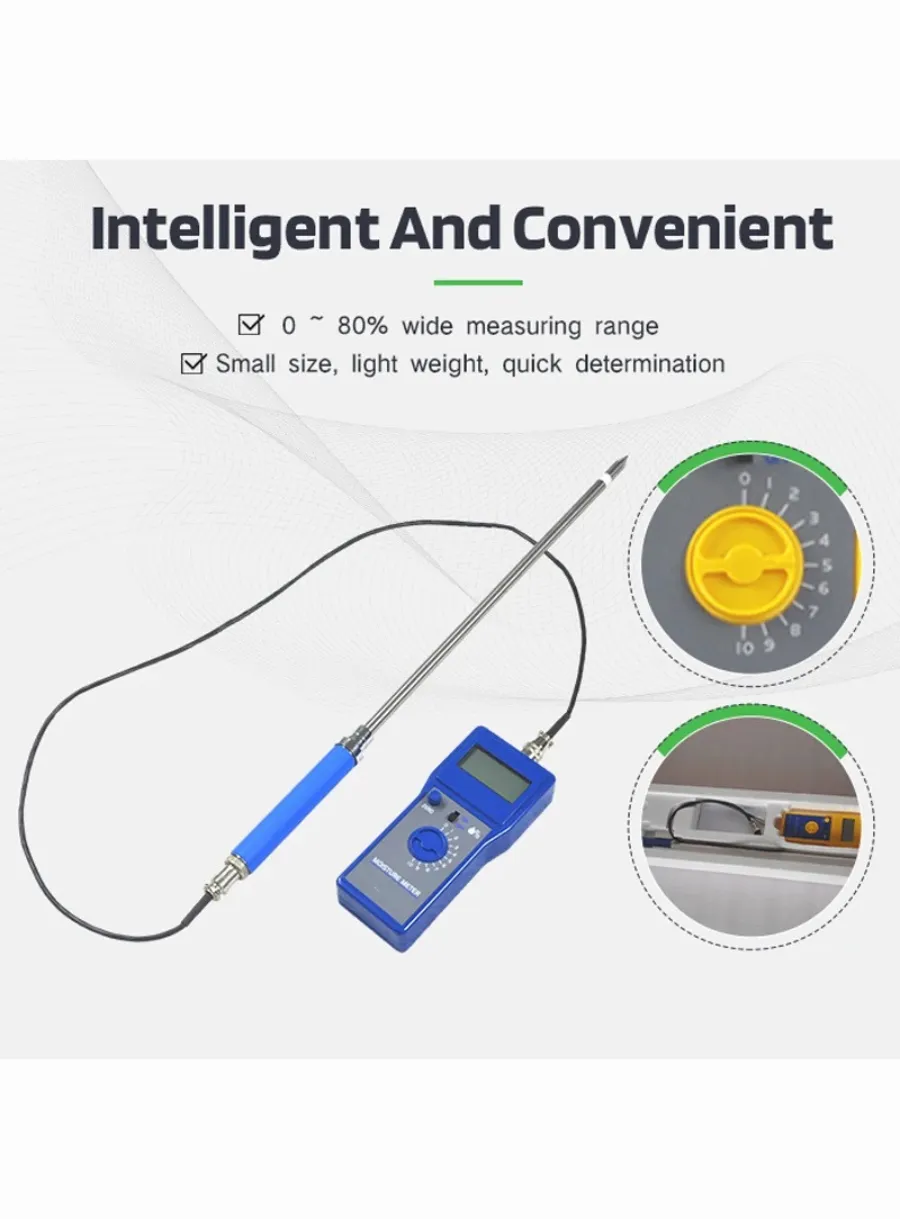
Usage and Maintenance of Hay Moisture Meters
Table of Contents
Calibration is critical for ensuring that moisture meters provide accurate and reliable readings. Most meters come with a calibration clip or similar tool that allows the user to adjust the meter based on known moisture standards. Regular calibration ensures the meter remains accurate over years of use.

Several factors can influence the accuracy of moisture meters, including the density of the hay, the presence of preservatives, mold development, and ambient humidity conditions. It is important to select a meter that can account for these variables to ensure precise moisture measurement.
Enhanced Functionality with Additional Features
Moisture meters often include a variety of additional features to enhance their functionality and ease of use. These features can include memory functions that track previous readings, audible alerts for moisture level readings, and carrying cases for protection. Some models also feature a temperature display that can track hot or cold water leaks, which helps in locating the source of moisture. Moreover, visual guides such as digital raindrops and audio alerts that speed up according to the wood’s moisture content can significantly speed up the process.
Prioritizing Ease of Use in Meter Selection
Ease of use is a crucial aspect to consider when selecting a moisture meter. A straightforward design with an easy-to-read, backlit digital display can make a significant difference in obtaining accurate and consistent readings. Users should be able to navigate easily between the menus on the device and switch between functions quickly.

Importance of Measurement Range
The range of measurement a moisture meter offers is determined by the minimum and maximum moisture percentages it can read. The broader the range, the less precise the device will measure. Smaller, more precise scales provide more accurate measurements and are often used in industries like flooring and fine carpentry. However, for general DIY purposes, a broader scale range is more beneficial, allowing the same meter to be used for various applications.
Varied Product Specifications for Different Needs
Different models come with varying specifications, tailored to specific needs. For instance, some moisture meters feature pinless technology with ranges from 4 percent to 32 percent and can measure wood as thick as 1.5 inches. Other models might have comprehensive tool sets, including deep penetration pins for accurate readings, and are suitable for high-precision projects.
Best Practices for Optimal Use of Hay Moisture Meters
Timing of moisture measurements is crucial. For the most accurate results, it is recommended to start measuring moisture levels at various stages, such as during the cutting process. This initial reading from the windrow can inform the drying process, helping producers maintain the quality and integrity of their hay through precise moisture management.
Comments
Tags
Frequently Asked Question
Lorem ipsum dolor sit amet, consectetur adipiscing elit. Ut elit tellus, luctus nec ullamcorper mattis, pulvinar dapibus leo.
Calibration is critical for ensuring accurate and reliable readings. Regular calibration with known moisture standards helps maintain the meter’s accuracy over time.
Factors affecting accuracy include hay density, presence of preservatives, mold development, and ambient humidity conditions. It’s important to choose a meter that can account for these variables.
Look for features like memory functions, audible alerts, temperature displays, and visual guides. These can enhance functionality and ease of use.
It’s recommended to start measuring moisture levels at various stages, including during the cutting process. This helps inform the drying process and maintain hay quality.

